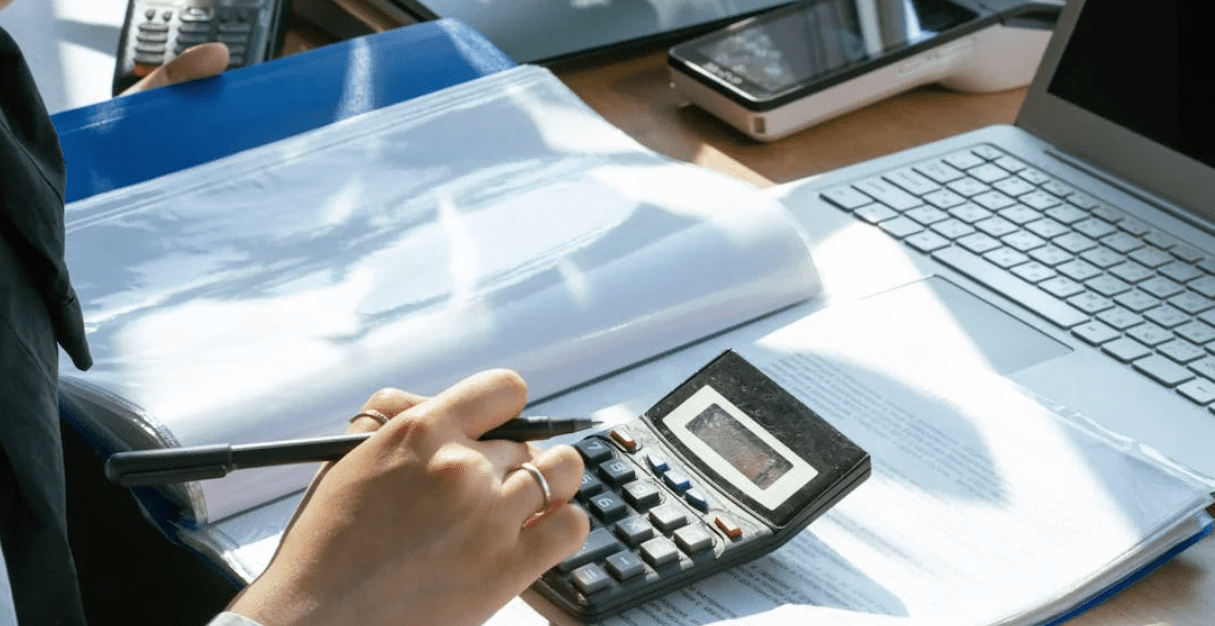Top Benefits of Using a Lease Ledger in Property Management
Top Benefits of Using a Lease Ledger in Property Management
Blog Article
Mastering the Lease Ledger: A Landlord’s Essential Tool
Keeping track of tenant obligations is one of the very most important areas of property management. Whether you are managing a small number of qualities or a thorough collection, sustaining an exact tenant payment lease ledger assures economic transparency and simplifies payment tracking. But managing tenant funds effortlessly needs a well-structured approach. Here's a brief manual to getting hired right.

The Significance of a Lease Ledger
A lease ledger is actually an economic record that trails rent obligations, protection remains, late fees, and other tenant transactions. It provides as a central repository for several monetary interactions between landlords and tenants. Without an adequately maintained ledger, property managers risk miscalculating income, overlooking overlooked funds, or creating disputes with renters. An organized lease ledger helps remove these dangers while sustaining professionalism.
Tips for Effortlessly Checking Tenant Payments
1. Employ Technology for Accuracy
Handbook record-keeping may possibly work for just one home, but as how many devices develops, it becomes impractical. Leveraging electronic instruments or simple spreadsheet themes can substantially increase accuracy. These methods often enable you to automate continuing lease funds, produce pointers for overdue balances, and generate studies instantly.
2. Produce a Consistent Structure
A lease ledger should follow a clear and consistent format. At a minimum, your ledger includes:
• Tenant titles
• Due days
• Quantities paid
• Outstanding balances
• Records for any additional expenses (e.g., preservation expenses or late charges)
Standardizing this information assures every record is uniform and easy to interpret.
3. Check Payment Position Often
Checking your lease ledger often ensures you stay on top of delayed obligations and can undertake potential issues early. Put aside time every month to reconcile obligations received against what's recorded in your ledger. This training also helps in determining tendencies, such as regularly late-paying tenants.
4. Communicate with Tenants Clearly
Precise documents mean little if tenants aren't knowledgeable of their payment obligations. Send reminders for upcoming rent due appointments or update them on any remarkable balances. Distinct transmission reduces misconceptions and encourages appropriate payments.
5. File Every thing
Every payment produced, whether partial or whole, must certanly be recorded instantly in the ledger. Tracking every deal assures both parties have a research level in the event of disputes. Actually small facts, such as for instance waived late costs or adjusted payments, ought to be entered into the record.

Ultimate Thoughts
An successful lease ledger not just simplifies tenant payment administration but also gives peace of mind for landlords and property managers. By adding distinct structures, leveraging electronic instruments, and sustaining correct files, you are able to establish a easy program that decreases errors and forms better tenant relationships. Begin handling your payments greater nowadays and collection the foundation for long-term economic security! Report this page